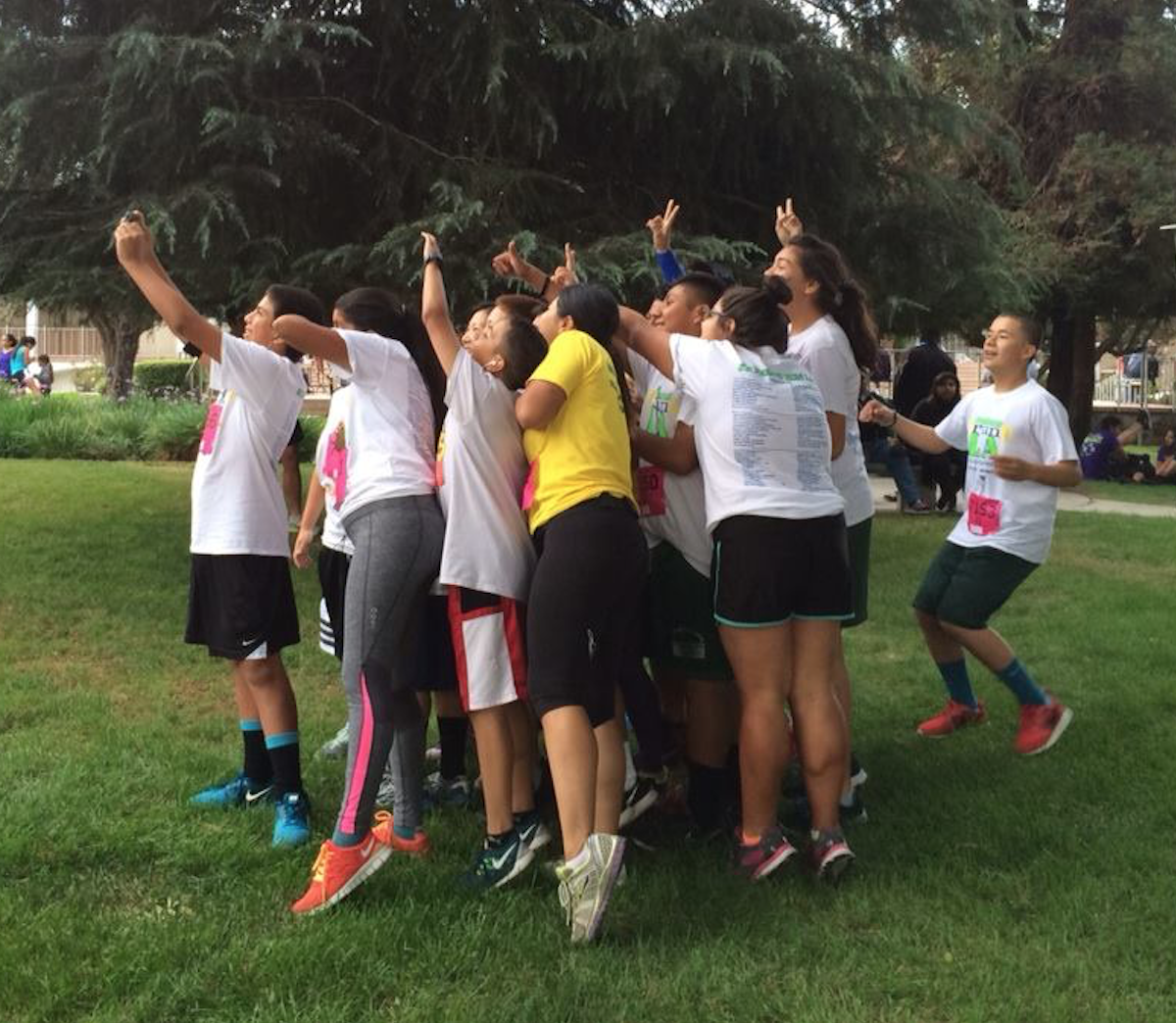Student Bio/Info

My path towards a career in education was no random act. It was guided by personal experiences and cemented by the recognition of how both privilege and marginalization shaped my path.
EDUCATIONAL HISTORY
I am a complete product of public education. I attended all Los Angeles Unified School District schools for my K-12 education, Los Angeles Mission College for my Associate of Art’s Degree, University of California at Los Angeles (UCLA) for my Bachelor of Art’s Degree, California State University at Northridge for my teaching credential and back to UCLA for my Master’s of Arts in Education Degree. I have been personally privy to the systems faults and merits.
PATH TOWARDS A CAREER IN EDUCATION
The educational experiences I had in the k-12 system were often experiences only available to children coming from homes with privilege. My school provided enriching experiences often not available to public education students. Here, I was part of student groups that had the opportunity to take ballet, tap and jazz as physical education courses and received music instruction for 8 years at no cost to my parents. I took part in leadership activities that afforded me overnight trips to other cities and a seat in the classes of some of the best teachers on the campuses I attended. I did not realize at the time that this was not the experience of all students in public education. These were experiences I had as a result of my mother seeking a “better” school for me when it came time to go to middle school- I was bussed out.
As fate would have it, years later, my economic situation in college forced me to find work. I began work as a Teacher’s Assistant in what would have been my School of Residence for middle school. Interestingly, it was here that I realized how different from my experience schooling is for some - and would have been for me. It was here that my desire to “educate” and empower began.
MY PURPOSE IN THE FIELD
As I experience the system as an educator now, and through the dialogues and readings through the Principal Leadership Institute (PLI) at UCLA, the meaning of the word “educate” is more defined for me. I now consider what the purpose of education is and find myself agreeing with John Dewey in that “...the primary duty of education is not to perpetuate the existing social order--economic, legal, and political-- but to contribute to its betterment.”
 My personal and professional experiences have permitted me to see different sides to the nature of education as it is defined by a big school district like LAUSD. All this has reinforced my initial desire to empower, but I realize that I have to influence things beyond my classroom. Positive classroom experiences in urban schools cannot be isolated and replicated by a few; it must be systemic. Access to a quality education for people in urban communities has to grow exponentially so that people do not have to leave their neighborhoods to obtain it.
My personal and professional experiences have permitted me to see different sides to the nature of education as it is defined by a big school district like LAUSD. All this has reinforced my initial desire to empower, but I realize that I have to influence things beyond my classroom. Positive classroom experiences in urban schools cannot be isolated and replicated by a few; it must be systemic. Access to a quality education for people in urban communities has to grow exponentially so that people do not have to leave their neighborhoods to obtain it.
The way I see it now, my education allowed me access; access to people and things and it equipped me with the tools to be critical, plan and communicate my ideas. It has allowed for me to go back into my community and influence it in a positive way- to change it in a sense; I want to create spaces for others to do the same.
Therefore my mission as a future educational leader, is to make a difference for all students, with special attention to vulnerable students who are frequently marginalized, because all children should flourish, as I have, if given some of the advantages that children of privilege receive. PLI has helped me focus on my role as a leader for social justice that will improve the educational experiences of all students.